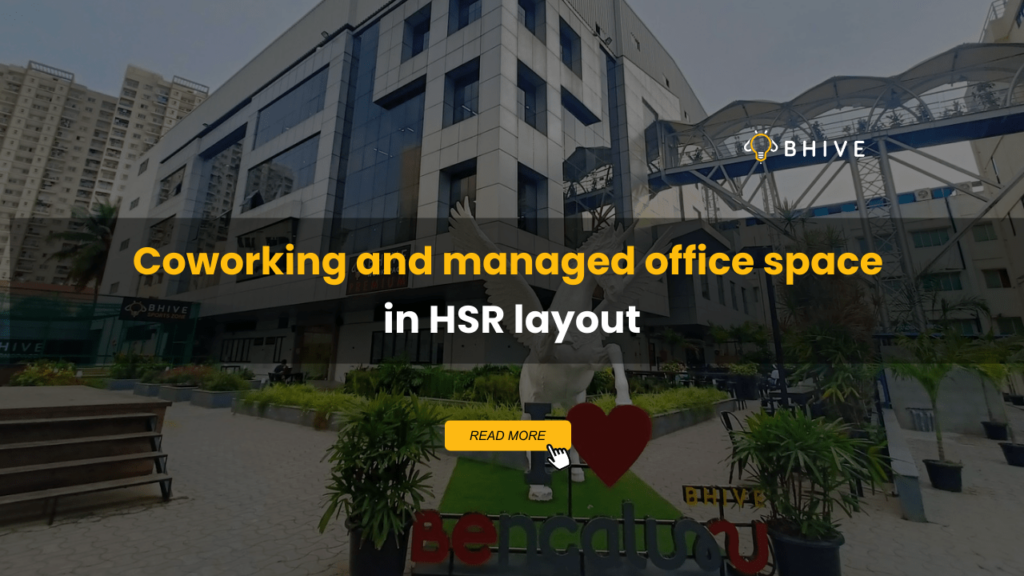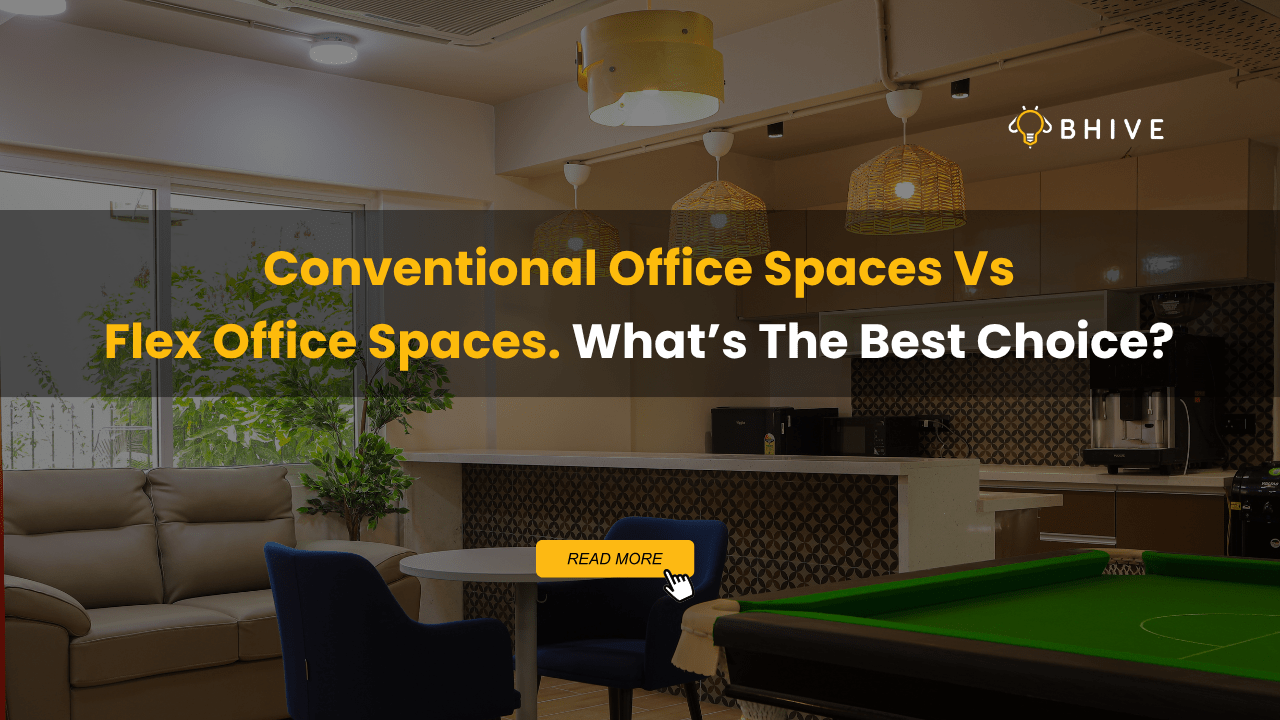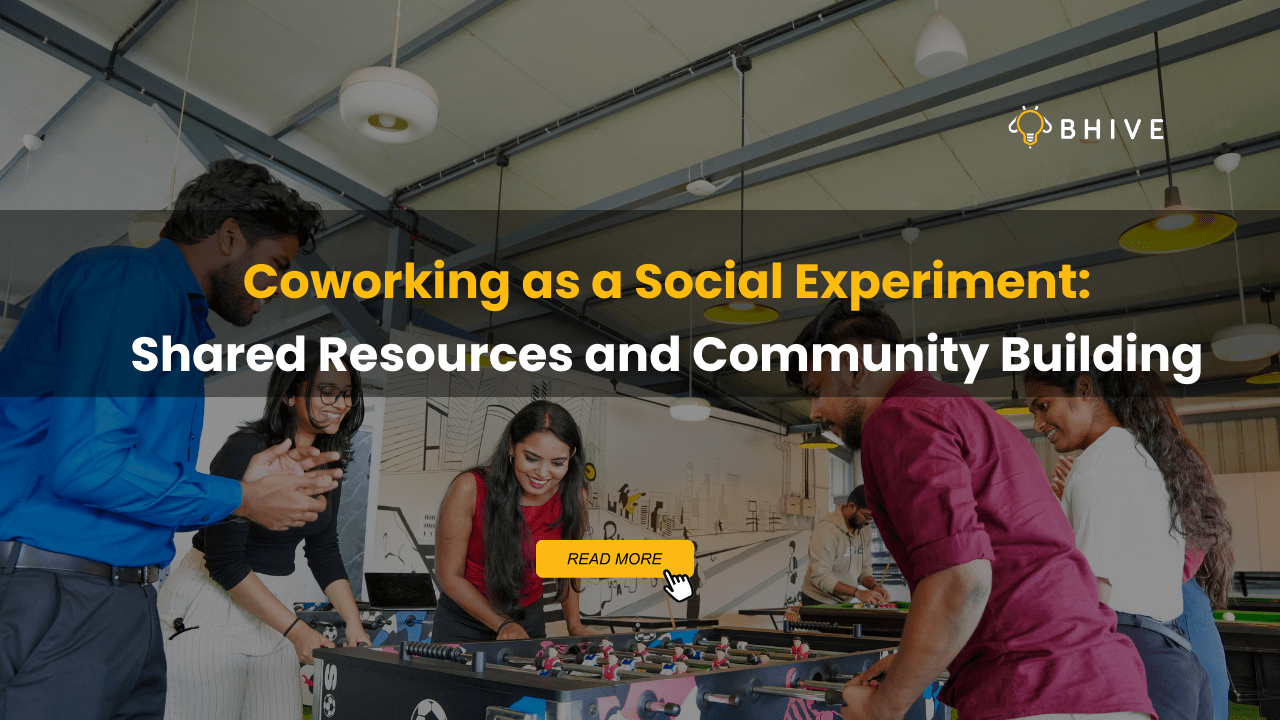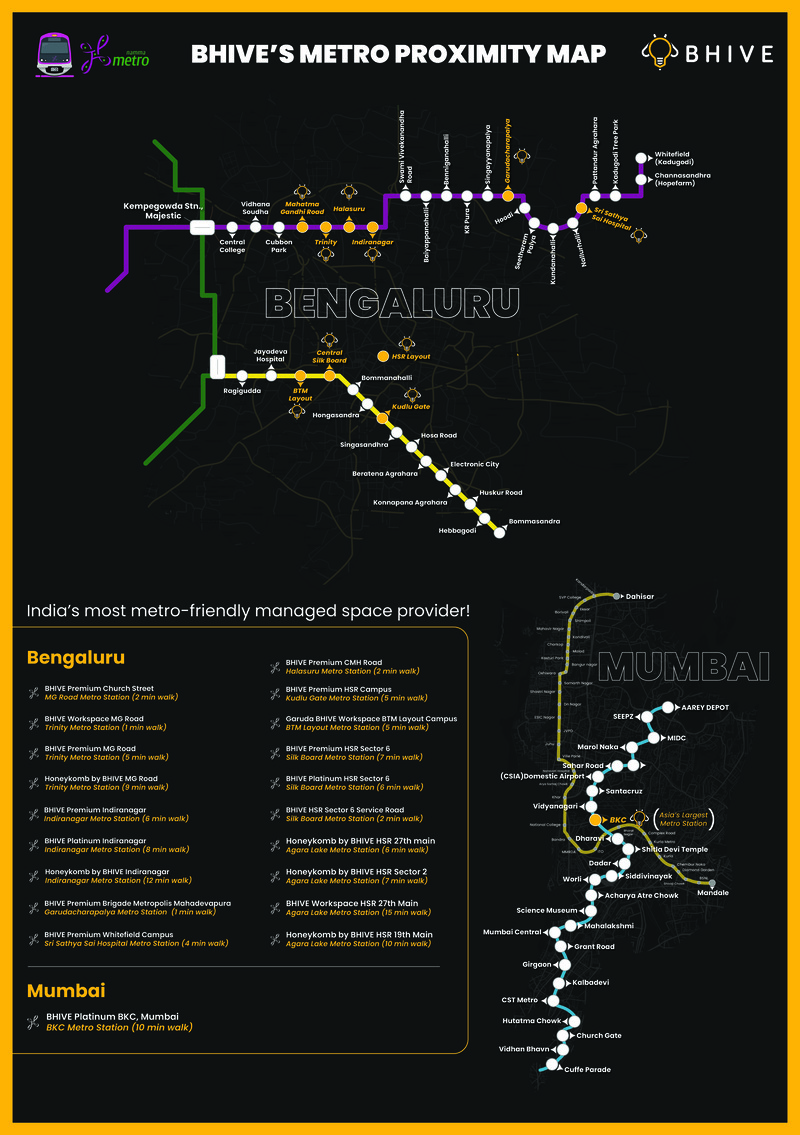Office design trends in modern managed office spaces
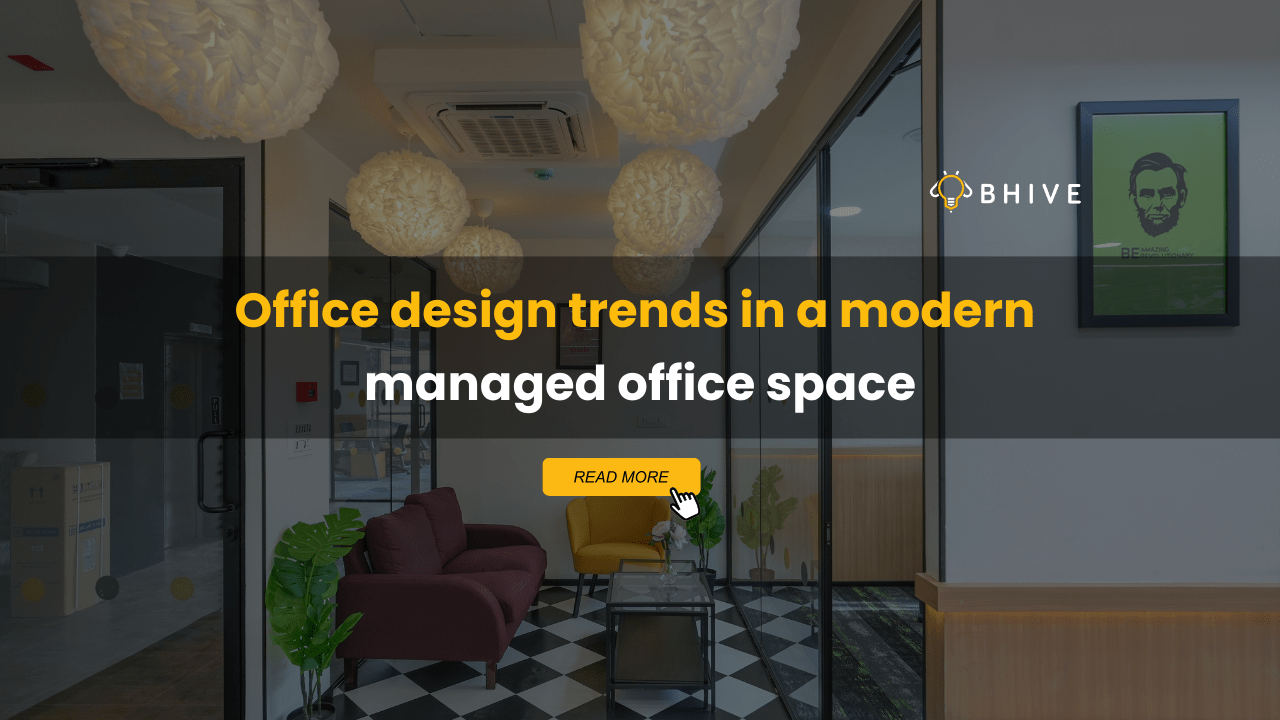
The nature of work and the places where people work are all changing. The office design trends in modern managed office space is evolving to cater to spaces that will work best for both workers and companies today. These new designs strive to skyrocket the employees’ productivity, creativity, and happiness.
Let’s take a look at the most recent of these office design trends that shape what the modern office will look like or how it will be designed.
Flexibility first
The days of rigid leasing terms for office spaces are long gone. Offices these days are all about flexibile leasing. Designers are focusing on spaces that facilitate easy changes for varied needs, possibly in terms of movable walls, furniture on wheels, or areas that users easily rearrange.
This means offering workers a choice where and how they want to work. There are activities that need individual concentration, and there are also those that require group interaction. A flexible workplace offers both. They also adapt to an expanding or changing organization and cut the cost of expensive repairs and renovations.
Open plan with a twist
Open-plan offices have been in fashion for some years but are falling out of style. Although the basic concept of one large, shared working space remains, designers are putting in new variety. Instead of a single big room full of people, modern offices are likely to have a variety of different zones for various types of work.
For example, there should be spaces with quiet corners to work in, small cubicles for small meetings or soundless discussions, and still larger areas for group projects. The idea is to keep all of the pluses that open plans provide, like the facility of communication, and try to abate some of its well-known disadvantages, like noise and lack of privacy.
Also read: How does workspace design drive productivity?
Bringing the outdoors indoors
A principal direction in the design of office space is the actual bringing into a workspace of nature’s elements. This point is based on the very concept of biophilic design, as it is known that people feel and work better when connected to nature.
It could mean filling a space with loads of plants, using natural materials like wood and stone, or designing a space full of light. Some offices have big indoor gardens or even living walls covered in plants. Water features, like small fountains, are also becoming commonplace.
This natural approach has more advantages than aesthetic appeal. Research indicates that being around nature reduces levels of stress, enhances air quality, and stimulates creativity.
Focus on well-being
These days, modern managed office space fit-outs tend to be more concerned with the welfare of employees. This much is apparent in the above trend, indicating that healthy, happy workers are way more productive and much more creative.
It is now common to come across wellness rooms used for relaxation or even meditation. Some offices include yoga spaces or even small gyms. Standing desks and ergonomic chairs help to prevent health issues coming from sitting too long.
Good lighting is also crucial for well-being. Designers are increasingly using more natural light and offering dynamic lighting systems that reproduce the patterns of natural light for different daytimes.
Integration of technology
Technology is increasingly powering the nature of work; hence, technology integration is increasingly shaping office designs as well. In modern managed office spaces, all types of gadgets should be supported, and there should be reliable and fast internet everywhere.
Furniture is being designed with built-in wireless charging stations. Some meeting rooms are equipped with video conferencing tech for a straightforward interface for easy collaboration from a distance, even enabling smart building systems that can, say, adjust lighting and temperature automatically.
The challenge for designers? To seamlessly integrate all of this technology so it’s useful but not distracting.
Comfort meets professionalism
The line between home and work is blurred, and the design of offices reflects that. In modern times, gradually, most of those elements that make an office feel comfortable, homely, and informal are being inculcated in the modern workspace.
This might take the form of plush seating with soft furniture, kitchen spaces that look more like a café than a break room, or maybe even nap pods for a power nap. The bottom line is to create spaces where people feel relaxed and at ease, which can foster creativity and job satisfaction.
At the same time, these spaces need to maintain a professional atmosphere. Designers increasingly find ways to balance comfort with a look that still says, “This is a place of business.”
Sustainability in office design
As concerns about the environment grow, office design is becoming more eco-friendly. This goes beyond just using energy-efficient lighting or recycling bins.
Designers are opting for greener materials, such as recycled plastics or sustainably sourced wood. Solar panels or roof gardens top some offices. Water-saving fixtures are beginning to be a staple in most bathrooms and kitchens.
This emphasizes the focus on sustainability. Not only will it help the planet, but in doing so it could potentially reduce energy bills and attract other staff who are concerned about the environment.
Branding through design
More and more businesses are using office design as a means to express their branding and values—not just pasting up a company logo.
Companies are working to design complete modern managed office spaces that represent who they are. Consider a tech startup: It can be sleek and modern with large panes of glass and swathes of metal. Companies with a focus on creativity would feature bold colors and strange furniture. This approach helps create a strong company culture and can impress visitors and potential clients.
Quiet spaces in a noisy world
While open and collaborative spaces are popular, there’s also a growing recognition of the need for quiet. Many workers struggle to focus in noisy environments, especially for tasks that require deep concentration.
As such, this often translates into modern offices incorporating soundproof pods or small, fully enclosed private rooms where individuals can concentrate on their work. These spaces could even be bookable, thereby enabling workers to schedule a quiet time when they really need to focus.
Some offices are implementing sound-masking technology that adds a low level of background noise to mask conversations and other distractions.
The social office
Work isn’t just about individual tasks; it’s also about building relationships with colleagues. Modern office design is creating more spaces for social interaction.
For example, it might mean bigger kitchen areas so staff can eat together, game rooms for breaks, or outdoor spaces such as rooftop gardens. The idea is to encourage informal conversations, which can lead to new ideas and better teamwork.
Some even incorporate spaces that allow the use of the office for hosting events that are carried out after work hours, therefore blurring the line between work and social life.
Design for the future of work
The world of work is changing fast, and office design needs to keep up. The most forward-thinking designs are creating spaces that can adapt to future needs, whatever they might be.
That could mean employing systems furniture that is modular and easily reconfigured, or building systems designed to upgrade without a major renovation. Some firms are even investigating space that can be converted from office to residential use, preparing for a future in which the distinction between home and work may become even less clear.
Suggested read: Innovative office design ideas for your workplace
Conclusion
The modern-day managed office space is changing to adapt to today’s evolving needs of businesses and workers. The office design trends we have explored regarding flexibility, nature-inspired design, wellbeing focus, technology integration, comfort, sustainability, branding, quiet spaces, social areas, and adaptability look to make the workplace interesting, informal, and stimulating in its own right.
The office design of the future will likely continue to metamorphose with changes in new technologies, changing work patterns, and changes in understanding about what makes a productive, happy workforce. The office of the future could have a completely new style from what we are accustomed to, but it will retain the very same goal, providing the best environment for people to bring out the best in their work. If you’re looking to experience these modern office design trends firsthand, consider exploring BHIVE Workspace.
Table of Content
- Introduction to Design Trends in Managed Offices
- Flexibility First
- Open Plan with a Twist
- Bringing the Outdoors Indoors
- Focus on Well-being
- Integration of Technology
- Comfort Meets Professionalism
- Sustainability in Design
- Branding Through Design
- Quiet Spaces in a Noisy World
- The Social Office
- Design for the Future of Work
- Conclusion


